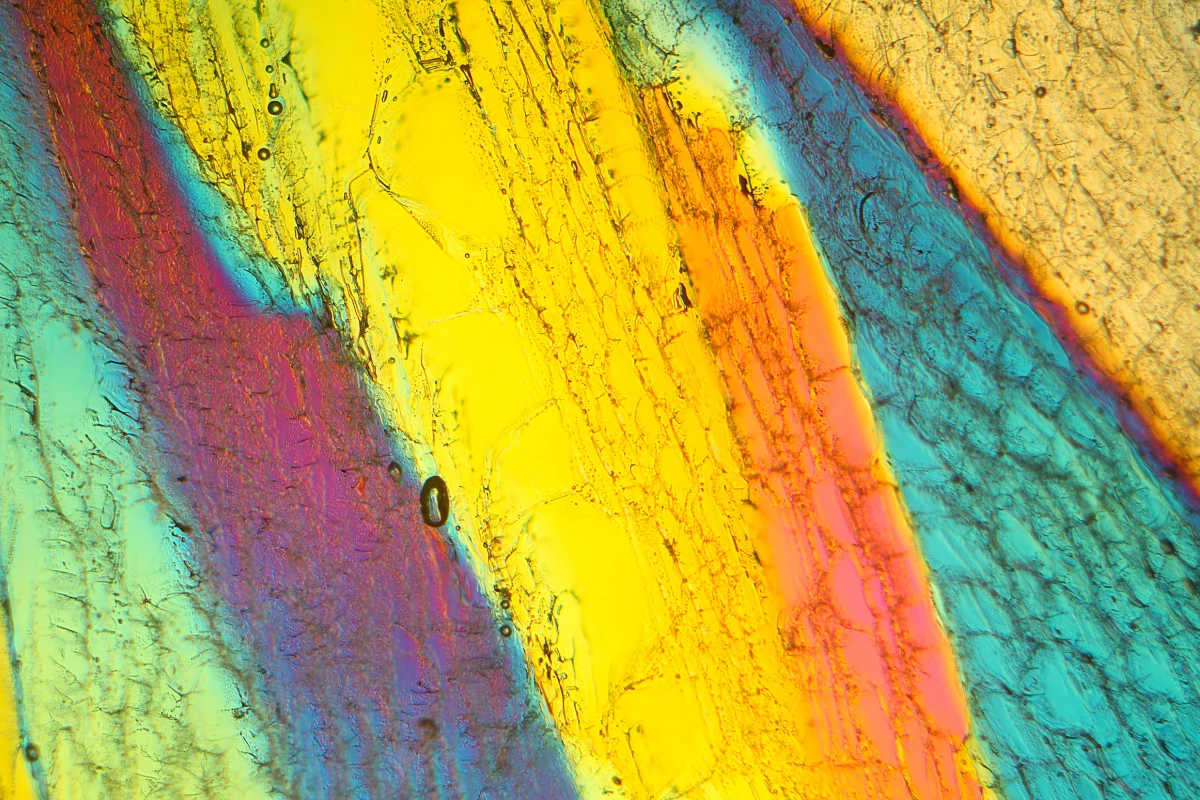Scientists have discovered a new form of ice, designated as ice XXI, which challenges conventional understanding of water’s behavior under pressure. This groundbreaking research, conducted by a team at the Korea Research Institute of Standards and Science (KRISS), reveals that water can transition into different ice forms even at room temperature, shedding light on the complex nature of this common substance.
The study highlights that water can freeze into more than 20 distinct types of ice, each possessing unique atomic structures. While most of these forms emerge under extreme pressure or temperature, ice XXI is notable for its formation at an ambient temperature, specifically under a pressure of approximately 1.6 gigapascals. This discovery was made using advanced techniques involving diamond anvil cells and X-ray lasers, allowing researchers to observe the behavior of ultra-pure water under high-pressure conditions.
According to Geun Woo Lee, a scientist at KRISS, “Rapid compression of water allows it to remain liquid up to higher pressures, where it should have already crystallized to ice VI.” This observation contradicts previous assumptions about the freezing process of water, which typically suggests a single, straightforward transition to ice VI. Instead, the team found that water undergoes multiple freeze-melt cycles before stabilizing into known ice types.
Revolutionary Techniques Reveal New Ice Structures
The research utilized a combination of high-speed cameras, laser-based sensors, and real-time monitoring to capture the transformation of water into ice XXI. As the pressure was pulsed up and down, the scientists were able to document changes in structure, pressure, and volume with remarkable precision. The use of powerful X-ray beams from the European XFEL enabled them to detect the exact moment water transitions into this exotic ice form.
Their findings indicate that ice XXI has a unique body-centered tetragonal crystal structure, setting it apart from other known ice types. It is also classified as metastable, meaning it can exist in an unstable form for a period. This characteristic may provide insights into conditions on icy planets and within Earth’s deep mantle.
The researchers created high-pressure conditions by loading ultra-pure water into a thin metal chamber and employing dynamic diamond anvil cells. This innovative approach allowed them to explore the intricate dance of water molecules as they transformed into ice. Notably, the study showed that water can take at least five different pathways during the freezing process, highlighting the complexity of its behavior even at room temperature.
Implications for Science and Beyond
The implications of this research extend beyond theoretical interest. As Rachel Husband, another member of the research team, notes, “The findings suggest that a greater number of high-temperature metastable ice phases and their associated transition pathways may exist, potentially offering new insights into the composition of icy moons.”
Given that ice can form in various ways, understanding these processes could enhance our knowledge of extraterrestrial environments. As scientists continue to investigate the properties of water and ice, the discovery of ice XXI represents a significant advancement in the study of materials under extreme conditions.
The full findings of this research are detailed in the journal Nature Materials, underscoring the ongoing importance of scientific exploration in expanding our understanding of the natural world. As more studies emerge, the complexities of water and its many forms may lead to new applications in fields ranging from materials science to planetary exploration.






